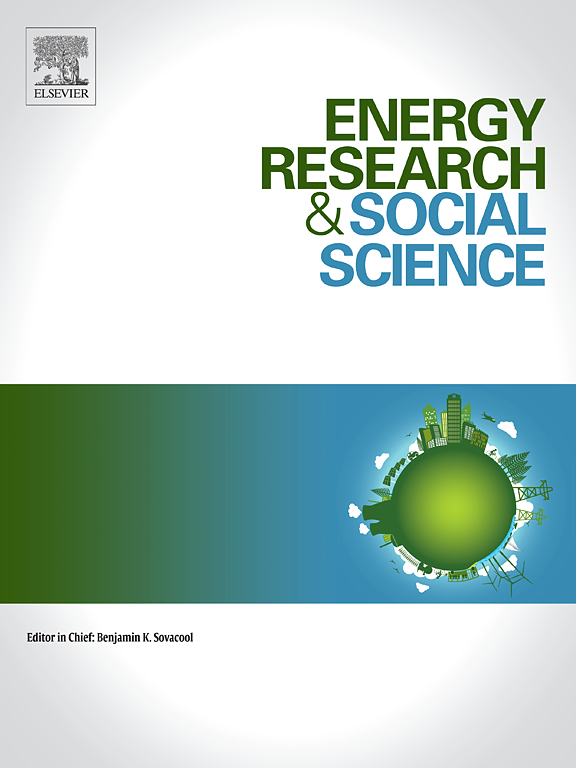上升的风:风力发电装置对整个社区的物业价值产生了令人惊讶的积极影响
IF 7.4
2区 经济学
Q1 ENVIRONMENTAL STUDIES
引用次数: 0
摘要
当考虑一个新的风能项目时,利益相关者最关心的是风力涡轮机可能对房屋价值产生的潜在负面影响。然而,令人惊讶的是,在关于风能的文献和一般论述中被忽视的是,经过充分研究的风能的积极经济发展、财政和舒适效益(例如,增加税基、税收、更好的公共服务和就业收益)可能会对整个司法管辖区的住房价值产生积极影响。以美国的学区为重点,我们比较了安装了风能装置的学区的房屋价值,在风能装置投入使用之前和之后,与位于同一县但没有安装风能装置的其他学区的房屋价值,以提供风能项目与全区财产价值之间关系的一些第一个因果证据。我们发现,当这些价值与位于同一县没有风能的学区的类似房屋相比时,风能项目导致整个地区房屋价值的经济意义上的增长约为3%。这种效应与风电项目规模密切相关。我们的研究表明,这种机制可能与学区每个学生的收入和支出的相对大幅增长有关,这也与风能项目的规模有关。我们还提出了其他可能的机制来增加价值。本文章由计算机程序翻译,如有差异,请以英文原文为准。
Uplifting winds: The surprisingly positive community-wide impact of wind energy installations on property values
A primary concern of stakeholders when considering a new wind project is the potential negative effects wind turbines may have on home values. Yet, what has been surprisingly overlooked in the literature and general discourse around wind energy is that the well-researched positive economic development and fiscal and amenity benefits of wind energy (e.g., increased tax base, tax revenue, better public services and employment gains) might positively affect jurisdiction-wide housing values. With a focus on school districts in the United States, we compare home values in school districts with wind energy installations, before and after a wind energy installation becomes operational, to home values in other school districts located in the same county but without a wind energy installation to provide some of the first causal evidence on the relationship between wind energy projects and district-wide property values. We find that wind projects lead to economically meaningful increases in district-wide housing values of approximately 3 %, when those values are compared to similar homes located in school districts in same-county without wind energy. The effect is strongly correlated with wind project size. The mechanisms, our research suggests, are likely related to relatively large increases in school district per-pupil revenues and expenditures, which are also correlated with wind project size. We suggest other possible mechanisms for the increased values as well.
求助全文
通过发布文献求助,成功后即可免费获取论文全文。
去求助
来源期刊

Energy Research & Social Science
ENVIRONMENTAL STUDIES-
CiteScore
14.00
自引率
16.40%
发文量
441
审稿时长
55 days
期刊介绍:
Energy Research & Social Science (ERSS) is a peer-reviewed international journal that publishes original research and review articles examining the relationship between energy systems and society. ERSS covers a range of topics revolving around the intersection of energy technologies, fuels, and resources on one side and social processes and influences - including communities of energy users, people affected by energy production, social institutions, customs, traditions, behaviors, and policies - on the other. Put another way, ERSS investigates the social system surrounding energy technology and hardware. ERSS is relevant for energy practitioners, researchers interested in the social aspects of energy production or use, and policymakers.
Energy Research & Social Science (ERSS) provides an interdisciplinary forum to discuss how social and technical issues related to energy production and consumption interact. Energy production, distribution, and consumption all have both technical and human components, and the latter involves the human causes and consequences of energy-related activities and processes as well as social structures that shape how people interact with energy systems. Energy analysis, therefore, needs to look beyond the dimensions of technology and economics to include these social and human elements.
 求助内容:
求助内容: 应助结果提醒方式:
应助结果提醒方式:


